Low-Cost and No-Cost Ways to Reduce Energy Use
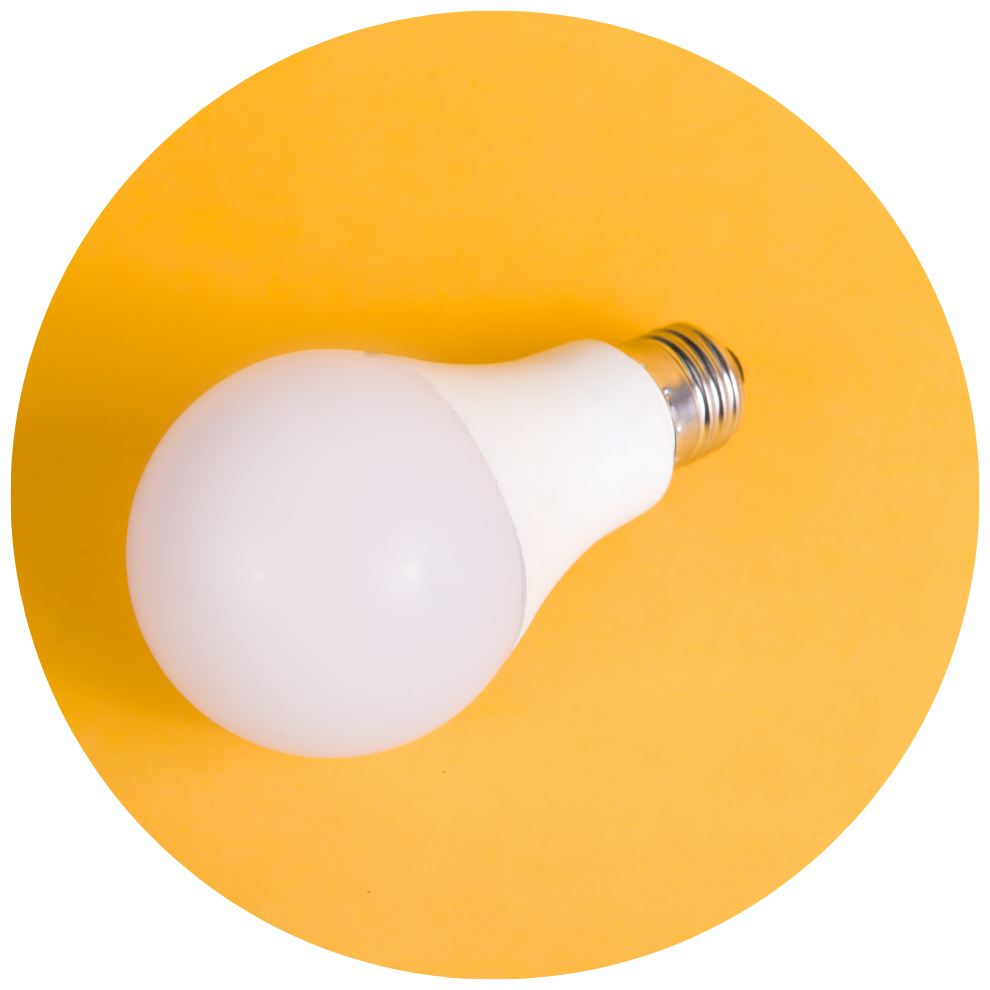
Use long-lasting LED lights
Transitioning to LED lights is easy and offers an 85% savings compared to incandescent light bulbs, and 50% over compact fluorescent, while producing the same amount of light in a wide variety of hues and styles. LEDs also last up to three times longer than CFLs and 20 times longer than incandescent, so you end up buying fewer bulbs and climbing up that ladder less often to replace them. Ask an Energy Advisor about programs offering LED bulbs or sign up for a No-Cost Energy Efficiency Kit.
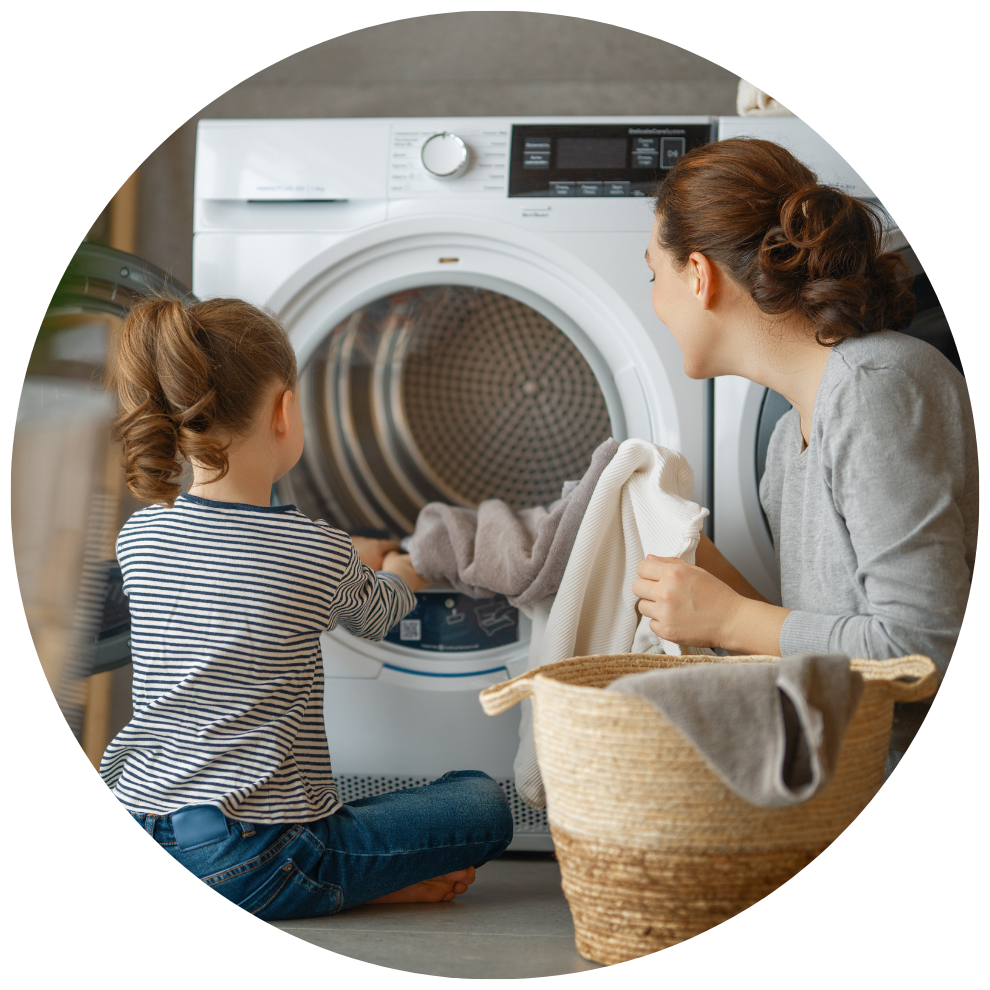
Shift your energy use to midday
Electricity used during the middle of the day is generally cleaner due to California’s abundant and inexpensive solar energy. As the sun sets but energy demand is still high, dirtier and more expensive power plants need to come online to make up the difference. By shifting loads like clothes washing and drying, dishwashing, and vehicle charging to mid-day you are reducing energy-related emissions. If you are on a Time-of-Use (TOU) rate, you also save money by reducing your energy use during more costly peak hours.
Solar Customers – This is even more important for you. Shift loads to times the sun is shining in order to most cost-effectively use the energy you produce. For Net Billing Tariff program customers, energy sent back to the grid is compensated at a much lower rate.
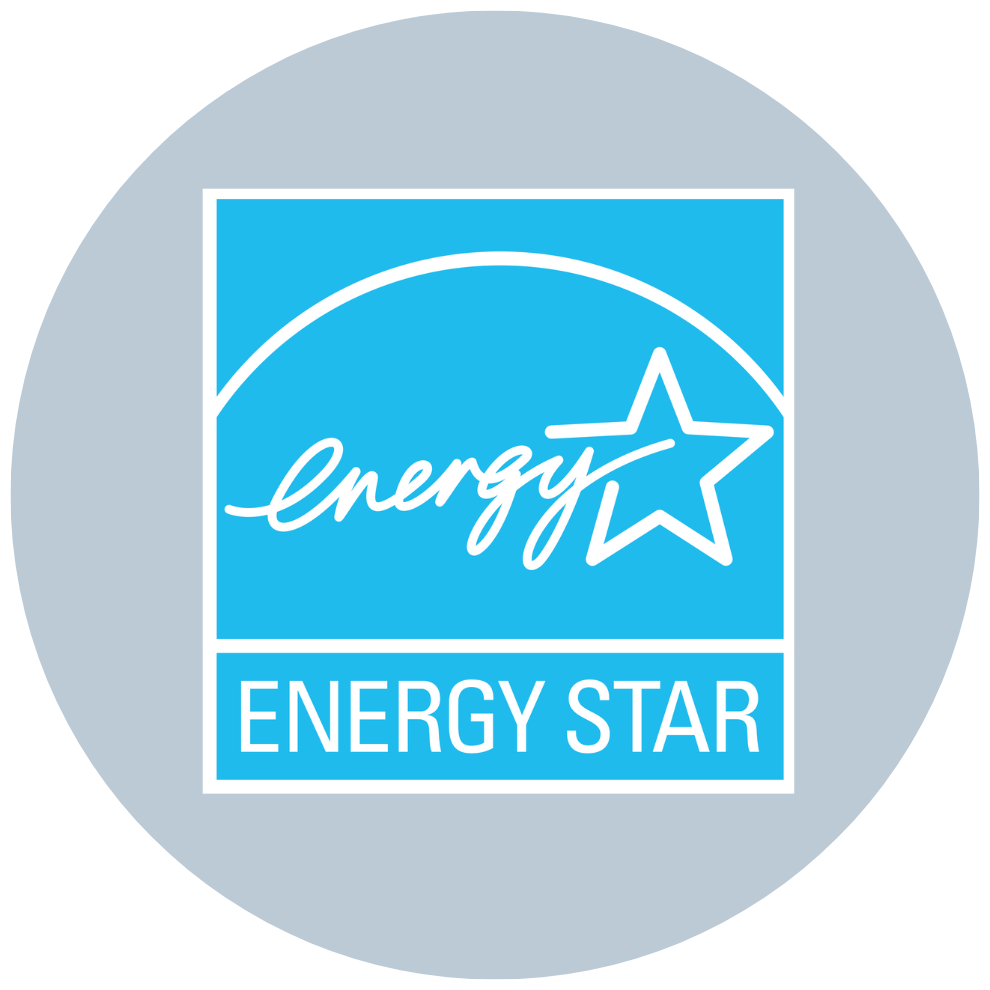
Choose energy efficient appliances
When you need to replace a plug-in appliance, look for an ENERGY STAR certified model to save on operating costs. When replacing a major appliance, consider a higher efficiency unit to reduce lifetime costs. Upgrading gas appliances to efficient electric models reduces emissions even more, with the added benefit of healthier indoor air. When you’re ready to make the switch, check out our money-saving rebates on electric appliances!

Cook efficiently
Cook enough for several meals and reheat food in the microwave oven. For small meals, use a countertop/toaster oven instead of a full-size oven. Use lids on pots to speed cooking times. On electric stoves, replace warped electric burners or pots that don’t sit flat. Try using an induction stove to save even more. Learn more about induction cooking in our Resources section, or check out our Induction Cooktop Lending Program to try induction for free!
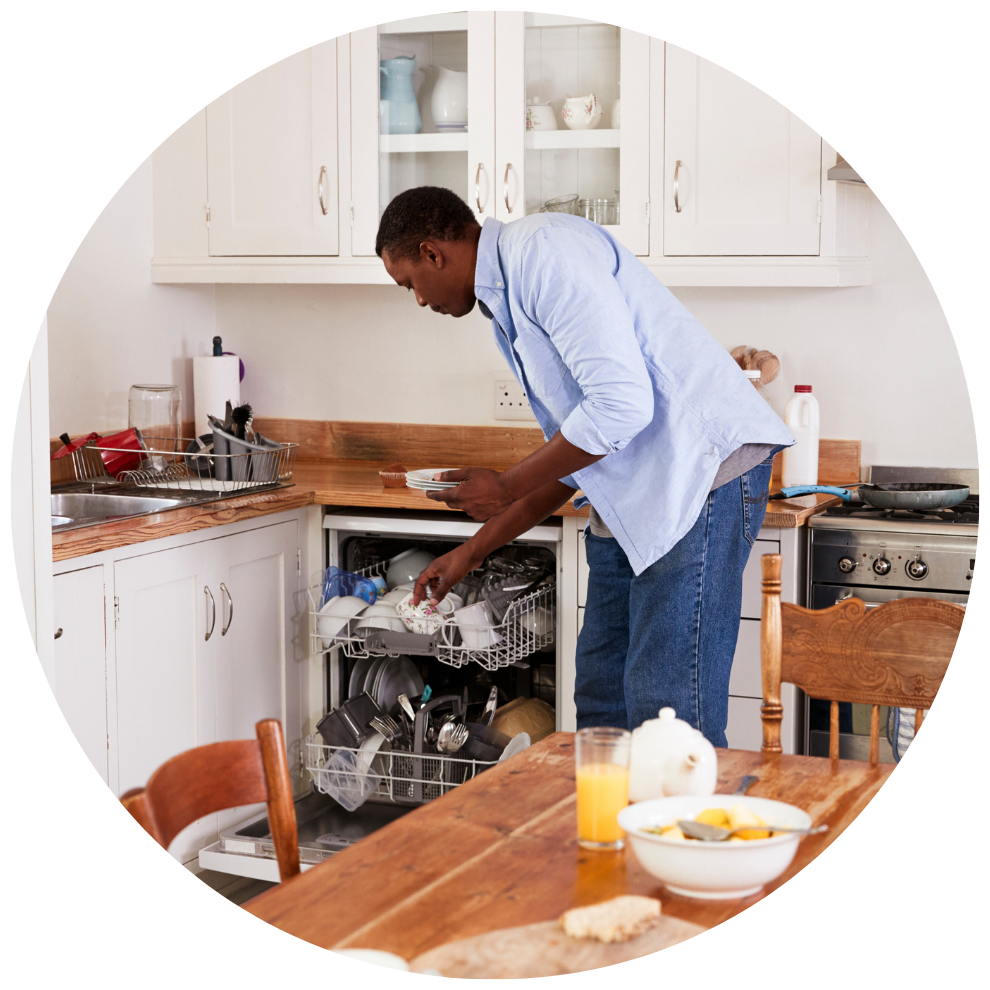
Fully load your washing machine and dishwasher
Make sure your loads of clothing and dishes are full before running a wash cycle to save water, energy, and money. Choose cold water settings and an “Eco” or “Energy saving” mode if available to maximize efficiency. While “Express” or “Quick wash” settings may seem energy-efficient due to their shorter duration, they often use more energy by heating water more rapidly or using higher temperatures to dry your dishes faster. Running a longer but more efficient wash cycle (especially outside of peak energy use times) is a great way to save energy and resources!

Program your thermostat
Setting your programmable thermostat to reduce heating setpoints or increase cooling setpoints a few degrees while you are away will help reduce the heating and cooling part of your bill. By installing a smart thermostat, you can gain even more control.

Seal and insulate
Sealing and insulating your home or business will improve your comfort and reduce the heating and cooling part of your bill. Many existing Humboldt buildings were built in the days when insulation and air sealing was overlooked. Ask an Energy Advisor how much insulation you should have and sign up for a No-Cost Energy Efficiency Kit to get started!
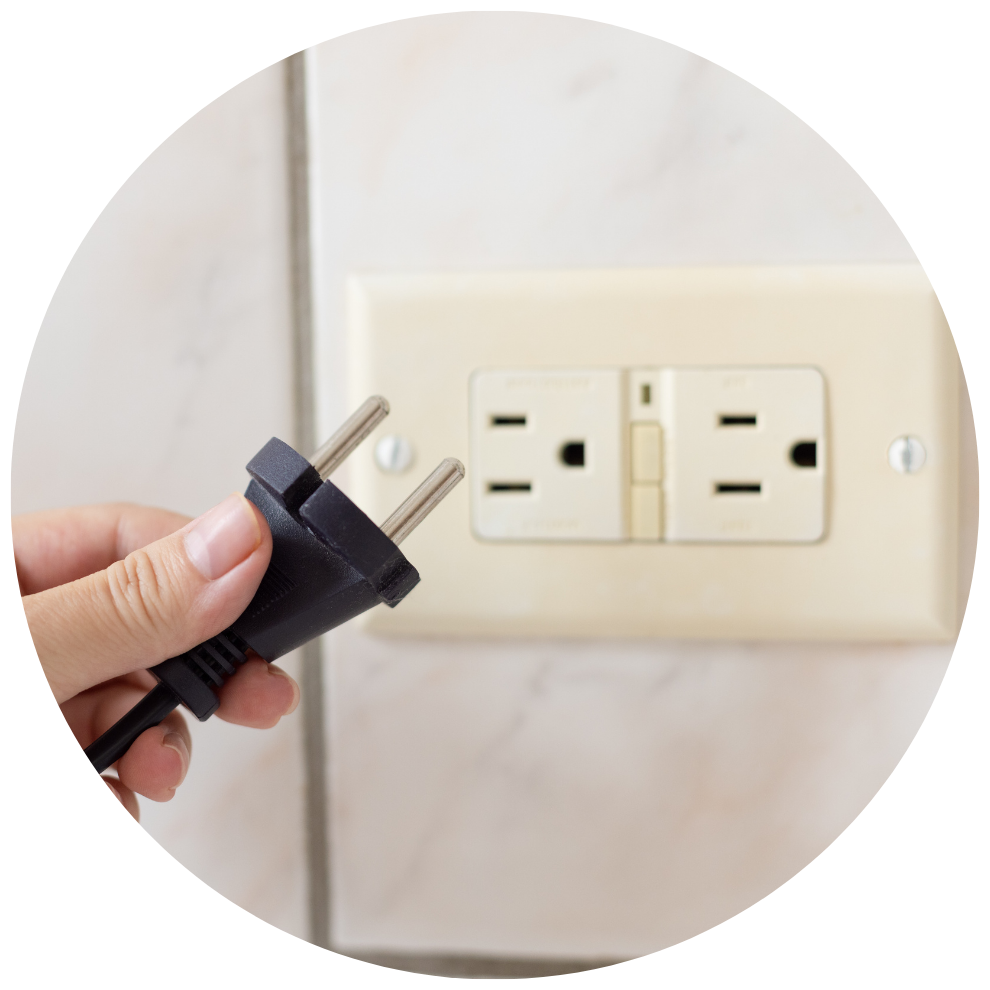
Unplug unused electronics
Many devices use energy even when turned off. Switch off power strips and unplug chargers, TVs, and other devices when not in use, or use a programmable smart power strip to eliminate “phantom” energy use.
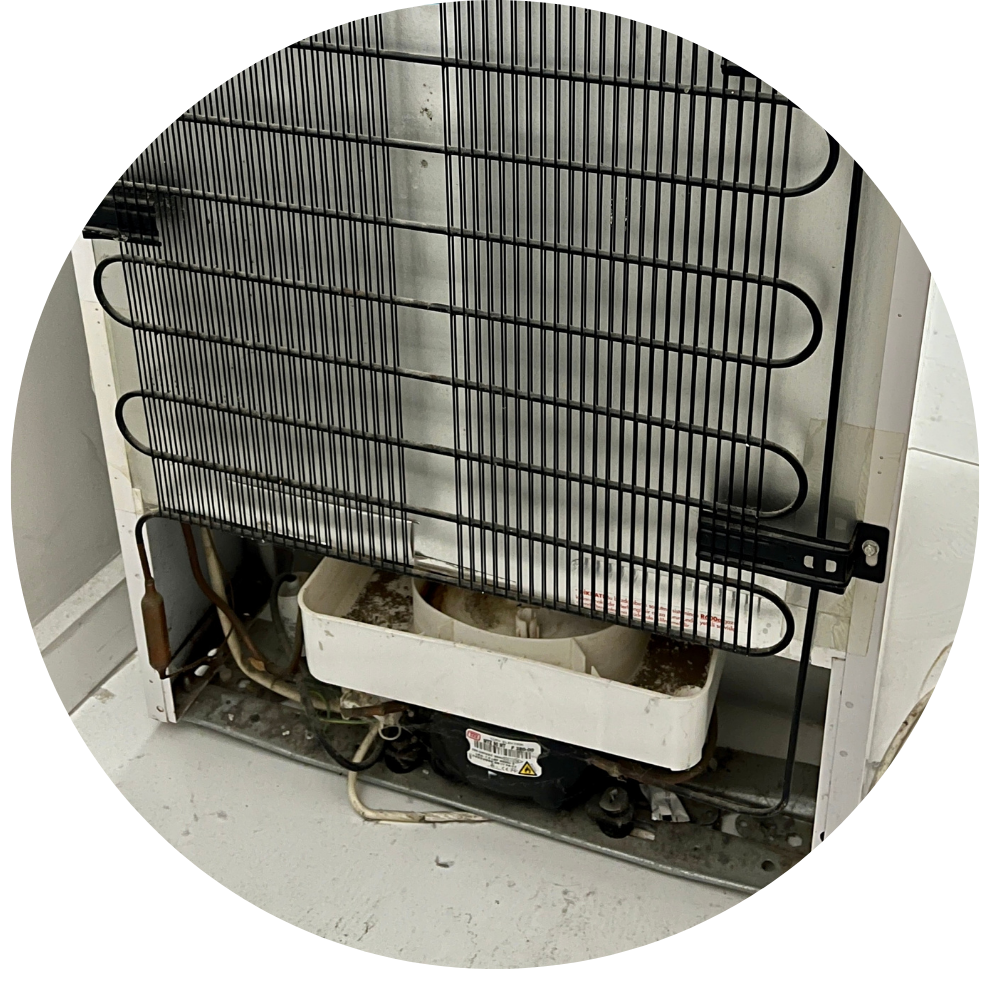
Clean your refrigerator coils
Dusty coils make your fridge work harder and use more energy. Vacuum up those dust bunnies every few months to improve efficiency, especially if you have pets in your home.